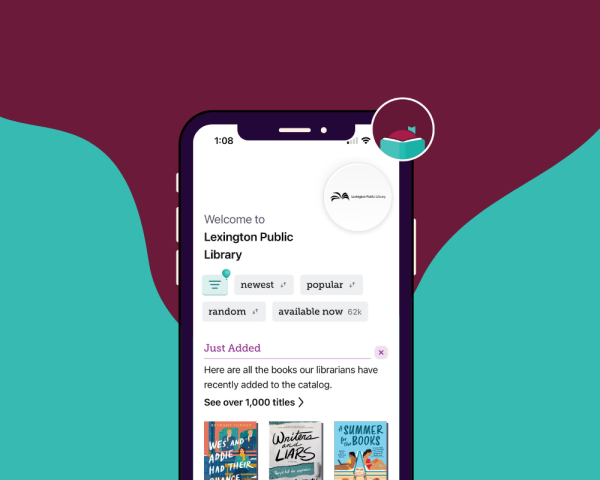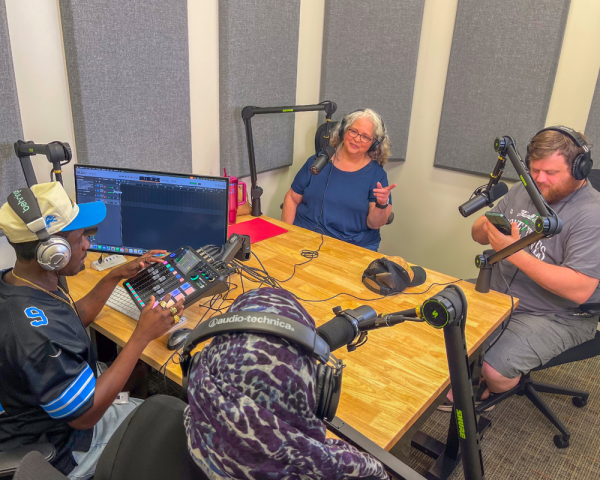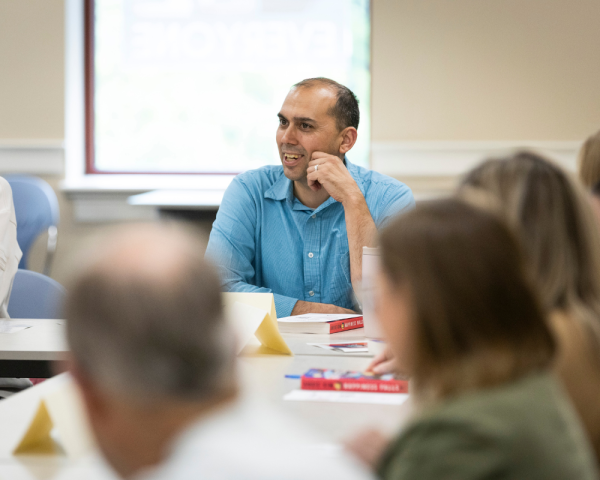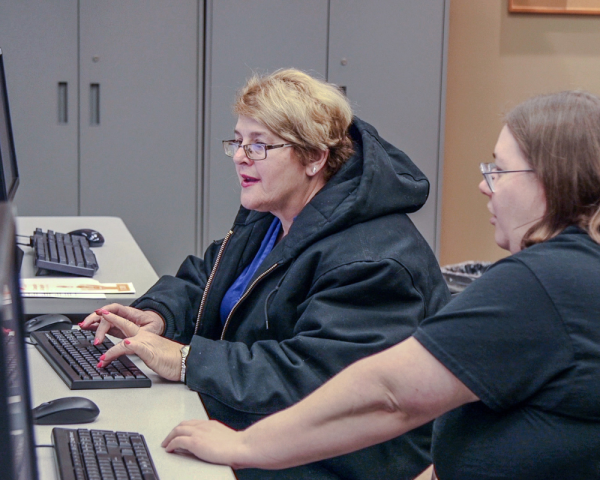

Website Search
Eligible applicants can complete this form to apply for a digital library card.
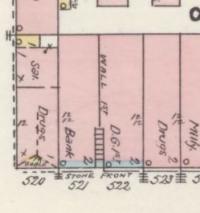

Read the Lexington Herald-Leader in its original printed format, including pictures. New issues are published on Sunday, Wednesday, and Friday. Includes issues from January 1, 2016 to present.
Scans of the Black Marriage records from the Courthouse in Greenville, Kentucky.

The Library's digitized collection includes some non-Fayette County directories for businesses, farms and residences.
The Central Kentucky Cemeteries Maps are powered by Google Maps. Counties include: Fayette, Bourbon, Clark, Garrard, Harrison, Jessamine, Lincoln, Madison, Mercer, Montgomery, Nicholas, Powell, Scott, and Woodford.
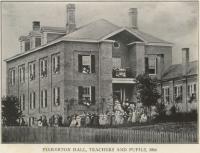
While the focus of content in the digital archive is Fayette County, many other counties are represented. This list is in alphabetical order by county name for non-Fayette County content.
Anderson County
The Lexington-Fayette County Health Department had its earliest form almost as long as the city itself has existed, when the newly formed city of Lexington would appoint a local physician to investigate reports of certain diseases for qu
Celebrate Lexington, Kentucky’s 250th anniversary all year long. Join us for programs, galleries, podcasts, and more highlighting our city’s history, heritage, and legacy.
Check here for your school's list of summer assignments.
The Lexington Public Library receives most of its operating funds from an Ad Valorem property tax. By State law, the Library receives five cents for every $100 of assessed property value in Lexington and Fayette County.
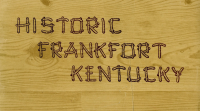
The Kentucky History collection contains Kentucky-related documents not specifically related to Fayette County.
Are you interested in enhancing your Spanish speaking abilities? If so, we would like to invite you to our weekly group meeting. Our friendly group is open to everyone who wants to practice speaking Spanish in a supportive and welcoming environment. You will have the opportunity to meet new people who share your interest in the language and culture.
Are you interested in enhancing your Spanish speaking abilities? If so, we would like to invite you to our weekly group meeting. Our friendly group is open to everyone who wants to practice speaking Spanish in a supportive and welcoming environment. You will have the opportunity to meet new people who share your interest in the language and culture.
Are you interested in enhancing your Spanish speaking abilities? If so, we would like to invite you to our weekly group meeting. Our friendly group is open to everyone who wants to practice speaking Spanish in a supportive and welcoming environment. You will have the opportunity to meet new people who share your interest in the language and culture.
Are you interested in enhancing your Spanish speaking abilities? If so, we would like to invite you to our weekly group meeting. Our friendly group is open to everyone who wants to practice speaking Spanish in a supportive and welcoming environment. You will have the opportunity to meet new people who share your interest in the language and culture.
Are you interested in enhancing your Spanish speaking abilities? If so, we would like to invite you to our weekly group meeting. Our friendly group is open to everyone who wants to practice speaking Spanish in a supportive and welcoming environment. You will have the opportunity to meet new people who share your interest in the language and culture.
Are you interested in enhancing your Spanish speaking abilities? If so, we would like to invite you to our weekly group meeting. Our friendly group is open to everyone who wants to practice speaking Spanish in a supportive and welcoming environment. You will have the opportunity to meet new people who share your interest in the language and culture.
Are you interested in enhancing your Spanish speaking abilities? If so, we would like to invite you to our weekly group meeting. Our friendly group is open to everyone who wants to practice speaking Spanish in a supportive and welcoming environment. You will have the opportunity to meet new people who share your interest in the language and culture.
Learn by doing. Get hands-on practice with cutting edge technology at our Digital Studio, Kloiber Foundation STEAM Lab, and Makerspace on your own or learn from our expert staff during structured programs.
Join us at Eastside Branch for a 4 week session of a Spanish conversation group designed just for kids! Here, you will be able to practice your Spanish with others, build confidence and strengthen your vocabulary.
Brush up on your Spanish skills! Please join us for an hour of good conversation, this informal conversation group is open to socialize in Spanish, and all levels are welcome.
We meet once a month at the Northside Branch.
Join us at Eastside Branch for a 4 week session of a Spanish conversation group designed just for kids! Here, you will be able to practice your Spanish with others, build confidence and strengthen your vocabulary.
Join us at Eastside Branch for a 4 week session of a Spanish conversation group designed just for kids! Here, you will be able to practice your Spanish with others, build confidence and strengthen your vocabulary.
Join us at Eastside Branch for a 4 week session of a Spanish conversation group designed just for kids! Here, you will be able to practice your Spanish with others, build confidence and strengthen your vocabulary.

